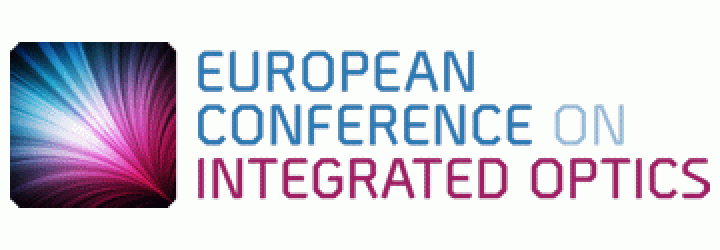An integrated tunable reflector
Ang Li, Yufei Xing, Wim Bogaerts
Photonics Research Group, Ghent University-IMEC, 9052 Ghent, Belgium
Center for Nano and Biophotonics, Ghent University, 9052 Ghent, Belgium
ang.li@ugent.be
With past decade’s development, silicon photonics grows to be one of the most promising platforms for integrated optics. Despite its rich component library that includes grating couplers, multi-mode interferometers (MMI), Mach-Zender-Interferometers (MZI), ring resonators, modulators, germanium photodetectors and doped heaters etc., some key basic building blocks are still missing or not very well developed and standardized. An integrated tunable reflector is one of them. Suggested by its name, such a device should provide a widely tunable reflectivity controlled by common tuning mechanism, like thermo-optic and free carrier plasma effects. Besides, it should fully fit into existing silicon photonics platforms, meaning no CMOS incompatible materials involved. In terms of its reflection spectrum, preferably it can switch between flat and wavelength dependent spectrum depending on the specific application.
Particle Swarm Optimization for PolarizationIndependent and Low Loss Grating Couplers
Jorge PARRA, Pablo SANCHIS
Universitat Politècnica de València, Nanophotonics Technology Center
Camino de Vera s/n, Valencia, 46022, Spain
jorpargo@ntc.upv.es, pabsanki@ntc.upv.es
Silicon‐on‐insulator waveguide gr ating couplers suffers from some key problems like high polarization dependency due to its high index contrast. In order to overcome this problem refractive index engineering has been demonstrated as a suitable solution. However, the design complexity is highly increased interfering with the search of the optimal design. This work presents a particle swarm optimization (PSO) strategy applied to a polarization‐independent grating coupler based on subwavelength structures for the near‐infrared band. Furthermore, the achieved design is suitable to be fabricated with a single‐fully‐etch step and was constrained to have a minimum feature size ≥ 100 nm.

